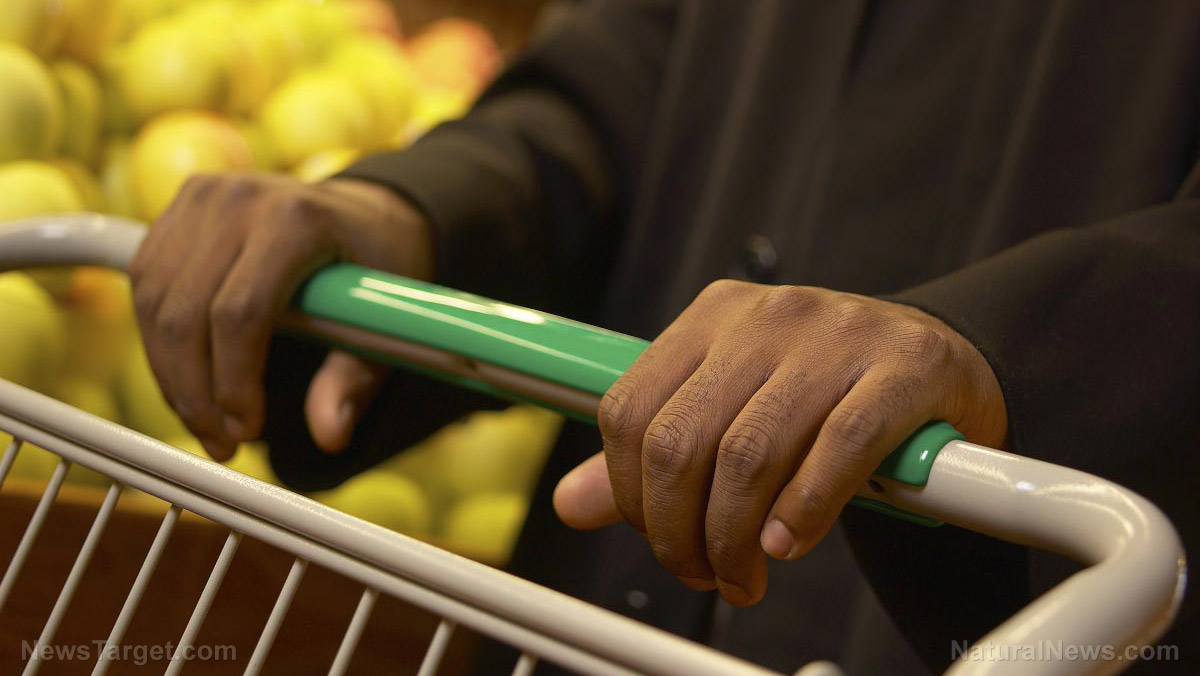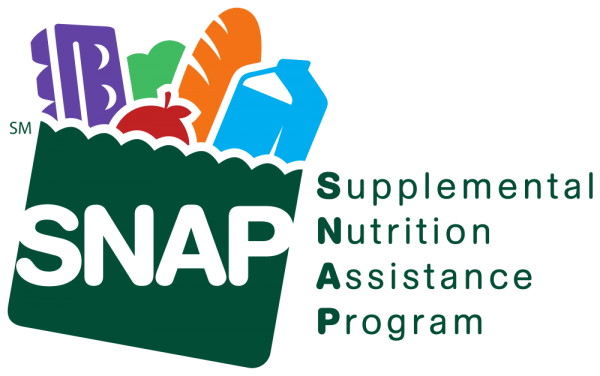
Prices soar amid the supply chain crisis
Overall, consumer prices in September have gone up 5.4 percent from a year ago. The prices of meat have gone up more than most. Prices of other staples like dairy products, grains, fruits and cooking oils are also increasing. In U.S. cities, the prices of meat, poultry, fish and eggs have gone up by 15 percent since the start of 2020, the Bureau of Labor Statistics reported. Along with a run-up in costs at the supermarket, gasoline prices have also increased as natural gas and heating oil prices are predicted to increase more by winter. The fuel price increase can make things harder for those with low incomes. Additionally, the assistance programs launched by the federal government to help those struggling amid the pandemic in 2020 have mostly lapsed. And while some households have savings from government payments, not everyone can afford extra expenses. Michael Swanson, chief agricultural economist at Wells Fargo, warned that the factors causing higher food prices "have been building for some time and aren't going away anytime soon."Schools forced to adapt menus because of unreliable deliveries
The Huron Valley schools in Highland, Michigan, are also facing alarming food and labor shortages because of what supply chain experts are calling a "global transport systems collapse." As the economy reopened after lockdowns, experts said that many industries, particularly those delivering food and supplies to schools, are struggling to meet increased demand. Experts are worried that the backlog of orders could extend throughout the rest of the school year. School nutrition departments have modified their meal programs to a grab-and-go system in 2020 when schools shut down for remote learning. Now, they're struggling to find menu items, with front office staff and school administrators often helping to serve meals. Sara Simmerman, food and nutrition supervisor for the 8,600-student district, expressed her worry because things "may even get worse before it gets better." School nutrition departments change menus almost daily depending on deliveries. They also postpone equipment purchases to make up for higher prices on food and supplies. The unpredictability of deliveries adds to the frustration of school nutrition departments. For example, a satellite kitchen that serves the district's elementary schools recently received only 35 of the 400 cases of food ordered. But several days later, they received 700 cases of food at once. Lieling Hwang, assistant director of nutrition services for the Long Beach Unified school district in California, explained that deliveries of goods and foods are now "extremely delayed." What used to take two to three weeks now takes an average of eight weeks to receive because of the supply chain crisis. Follow MarketCrash.news for more news related to the economy and rising food prices. Sources include: Fox43.com NYTimes.com TheGuardian.comFood shortage around the world may have been engineered to control populations
By Arsenio Toledo // Share
Coffee prices soar to 7-year high as supply woes hit top producers Brazil, Colombia and Vietnam
By Matthew Davis // Share
Desperate farmers participate in wild bidding wars for used tractors
By Matthew Davis // Share
Dr. David Martin – Follow the patents, then you will understand COVID
By News Editors // Share
High prices are here to stay as supply chain disruptions continue
By Mary Villareal // Share
USDA will deploy undercover investigators to enforce new SNAP purchase restrictions
By lauraharris // Share
U.S. measles cases top 2,000 in 2025, highest total in more than three decades
By lauraharris // Share
The hidden health crisis of PM2.5 pollution
By patricklewis // Share











